Pedro, the Mountain Mummy
by C.J. Cazeau and Stuart D. Scott, Exploring the Unknown
He was found sitting cross-legged on a ledge in a small cave in a granite mountain. His hands were folded in his lap, in the timeless attitude of a Buddha. He appeared to be middle-aged. His skin was brown and wrinkled, his nose flat, the forehead low, the mouth broad and thin-lipped. And he was 14 inches tall.
The mummy was discovered in 1932 by gold prospectors blasting the walls of a gulch in the Pedro Mountains, 60 miles southwest of Casper, Wyoming. After studying it, puzzled scientists ventured the theory that it was a mummified pygmy and possibly the progenitor of the American Indian. When it died, it was given a ceremonial burial.
Displayed in sideshows for several years, the Pedro Mountain Mummy was eventually purchased by Ivan T. Goodman, a Casper businessman, and taken to New York City. The remains, X-rayed by Dr. Harry Shapiro of the American Museum of Natural History and certified as genuine by the Anthropology Department of Harvard University, was thought by some to be those of a 65-year-old person. The speculation generated interest in the legends of the Shoshone and Crow Indians of Wyoming about a miniature people, only inches tall.
Following Goodman's death in 1950 the mummy passed into the hands of one Leonard Waller and disappeared, but interest in it continued nationwide. In 1979 pictures of Shapiro's X-rays were given to Dr. George Gill, professor of anthropology at the University of Wyoming. The withered little body, he concluded, was that of an infant or a fetus, possibly of an unknown tribe of prehistoric Indians. He believed that the infant had been afflicted with anencephaly, a congenital abnormality that would account for the adult proportions of its skeleton. Discoveries of mummified remains are not uncommon in Wyoming, which has an arid climate. As Dr. Gill pointed out, the Indians may have found other mummies of similarly diseased infants and quite naturally assumed that they were the remains of small adults. This in turn would tend to support the legend of a "little people."
But Pedro, as the mummy is known, remains a scientific curiosity. "All we have are tantalizing bits of information," Dr. Gill remarked. He and other anthropologists still hope to locate the missing mummy for further examination.
Little People and the Pedro Mountain Mummy
by Kathy Weiser, Legends of America February 2009.
Oral traditions of many Native American tribes, including the Arapaho, Sioux, Cheyenne, and Crow, tell of "little people” who stand from just 20 inches to three feet tall. In some tribes they are known as "tiny people eaters,” in others they were known to have been spirits and healers, and some believed them to be magical, similar to leprechauns or fairies. In any event, the legends were well known among Indians across the nation, long before the Europeans set foot upon these lands.
To the Shoshone Indians of Wyoming, this small race of people were known as the Nimerigar and their legends told of the little people attacking them with tiny bows and poisoned arrows.
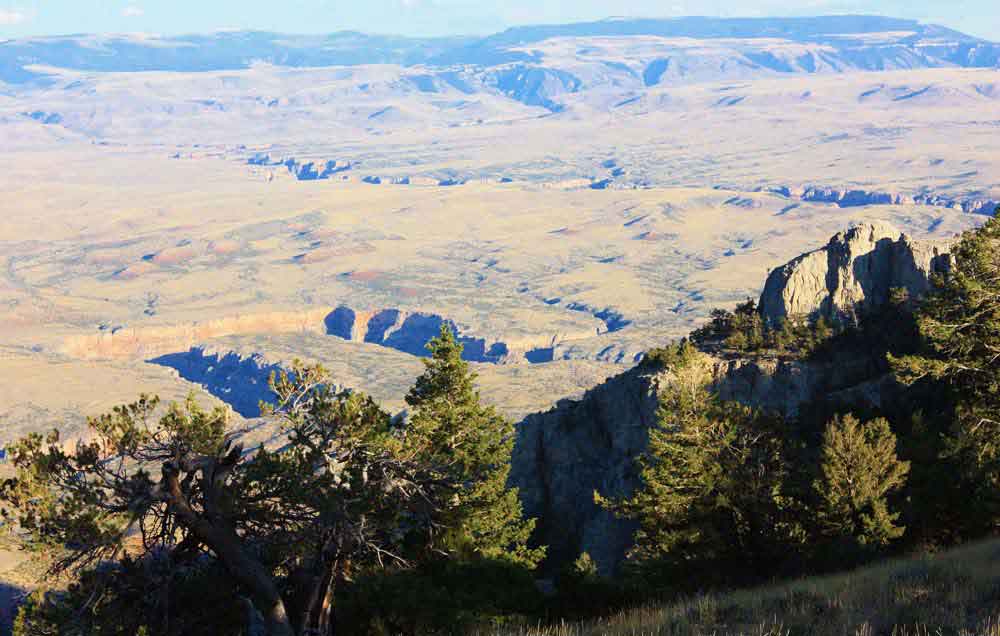

The Nimerigar were also known to kill their own kind with a blow to the head when they became too ill to be an active part of their society. Though part of the legend, this practice of sometimes killing the infirmed was a also a regular part of life for many of the nomadic Indian tribes.
Though many believe these "little people” to be only the stuff of legends, several discoveries point to the contrary, the most significant of which, was a 14” inch fully formed mummy found in 1932. Called the Pedro Mountains Mummy, he was discovered when two men were digging for gold in the San Pedro Mountains about 60 miles southwest of Casper, Wyoming.
After continually working a rich vein and running only into more and more rock, Cecil Main and Frank Carr used dynamite to blast a section of the mountainside to get at the gold. After the dust cleared, a cave could be seen in the rock face. The small cavern was about 15 feet long and 4 feet high and had been totally sealed off from the outside world by a thick wall of rock.
As the men entered the cave they were surprised to see a small a pygmy-like man sitting cross-legged upon a ledge. The tiny mummy was only about 6 ½ inches tall in its seated position, and estimated at 14 inches tall in a standing position. Its skin was brown and wrinkled, its forehead low and flat, its features displaying a flat nose, heavy-lidded eyes and a very wide mouth with thin lips. The face looked like of an old man. It was so well preserved, its fingernails could still been on its hands and the top of its head was covered in a dark jelly-like substance that was still pliable.
The two prospectors took their find to Casper, Wyoming and in no time, scientists came from all over the nation to have a look at the mummy.
 Sure that it was a hoax, extensive tests were performed when the professionals assumed it was a pieced-together work of taxidermy. However, the anthropologists would soon be surprised to see that x-rays displayed a perfectly formed, manlike skeleton. The tests also showed that the mummy had been killed violently, as the spine was damaged, a collarbone broken, and the skull had been smashed in by a heavy blow. The soft substance at the top of the head exposed brain tissue and congealed blood. After the tests were complete, the scientists estimated that the mummy was a full grown adult who was approximately 65 years old at the time of his death. One odd finding was that its teeth were overly pointed, having a full set of c
Sure that it was a hoax, extensive tests were performed when the professionals assumed it was a pieced-together work of taxidermy. However, the anthropologists would soon be surprised to see that x-rays displayed a perfectly formed, manlike skeleton. The tests also showed that the mummy had been killed violently, as the spine was damaged, a collarbone broken, and the skull had been smashed in by a heavy blow. The soft substance at the top of the head exposed brain tissue and congealed blood. After the tests were complete, the scientists estimated that the mummy was a full grown adult who was approximately 65 years old at the time of his death. One odd finding was that its teeth were overly pointed, having a full set of c anines.
anines.
These examinations were allegedly performed by the American Museum of Natural History and certified genuine by the Anthropology Department of Harvard University. However, alternate reports also say when the mummy was examined by the University of Wyoming , the body was found to be that of a diseased child.
The mummy was displayed in sideshows for years, before it was purchased by a Casper businessman named Ivan T. Goodman. When Goodman died in 1950, the mummy passed into the hands of one Leonard Walder and eventually disappeared.
Other skelet ons of the "little people” have said to have been found in other areas of the U.S. Near Cochocton, Ohio, a burial ground was reportedly discovered that contained the numerous remains of a pygmy race of people only about three feet tall. In 1876, another ancient graveyard was documented as having been discovered in Coffee County, Tennessee. The reports indicated the cemetery, covering some six acres, held the remains of thousands of dwarf like people.
ons of the "little people” have said to have been found in other areas of the U.S. Near Cochocton, Ohio, a burial ground was reportedly discovered that contained the numerous remains of a pygmy race of people only about three feet tall. In 1876, another ancient graveyard was documented as having been discovered in Coffee County, Tennessee. The reports indicated the cemetery, covering some six acres, held the remains of thousands of dwarf like people.
Though the "little mummy” has been lost in history, it continues to be a scientific curiosity and to many, and to others, only the stuff of legends. Allegedly, the Pedro Mountains Mummy brought bad luck to those who possessed it and Native Americans continue to warn their people to be aware of the "tiny people eaters” who are still said to live in the mountains and high places of Wyoming.
As to the prospectors who originally found the mummy, they soon returned to continue their search for gold. They registered their claim in Carbon County as the "Little Man Mine" but it never produced the gold that they had hoped for. Today, a sign still stands in Shirley Basin that signifies the location of the mine.
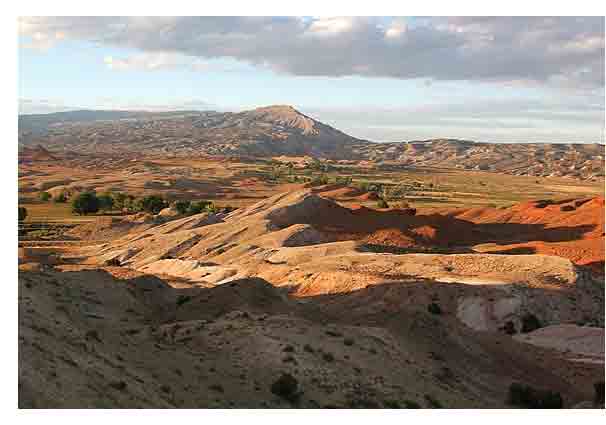 ople. The Crow believe they are protectors, ambushing Crow enemies. Shirley Smith, owner of Little Cowboy Bar and Museum in Fromberg, Montana at 105 West River Street in Fromberg, MT 59029 (406) 668-9502 has encountered one of the Little People and she has a library of stories and anecdotes about them. Cowboys tell of waking on the prairie and being surrounded by 3 foot tall people. Mummies have been discovered in the Pathfinder Dam region and all over Montana. When the railroad came the Little People left southern Montana in the 1890s but as recently as the 1990s members of the Crow Tribe have reported seeing them. One Crow woman said that in 1998 she saw one of the Little People dressed in the "old ways with traditional hide clothing".
ople. The Crow believe they are protectors, ambushing Crow enemies. Shirley Smith, owner of Little Cowboy Bar and Museum in Fromberg, Montana at 105 West River Street in Fromberg, MT 59029 (406) 668-9502 has encountered one of the Little People and she has a library of stories and anecdotes about them. Cowboys tell of waking on the prairie and being surrounded by 3 foot tall people. Mummies have been discovered in the Pathfinder Dam region and all over Montana. When the railroad came the Little People left southern Montana in the 1890s but as recently as the 1990s members of the Crow Tribe have reported seeing them. One Crow woman said that in 1998 she saw one of the Little People dressed in the "old ways with traditional hide clothing". 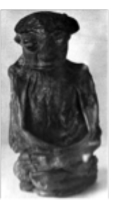

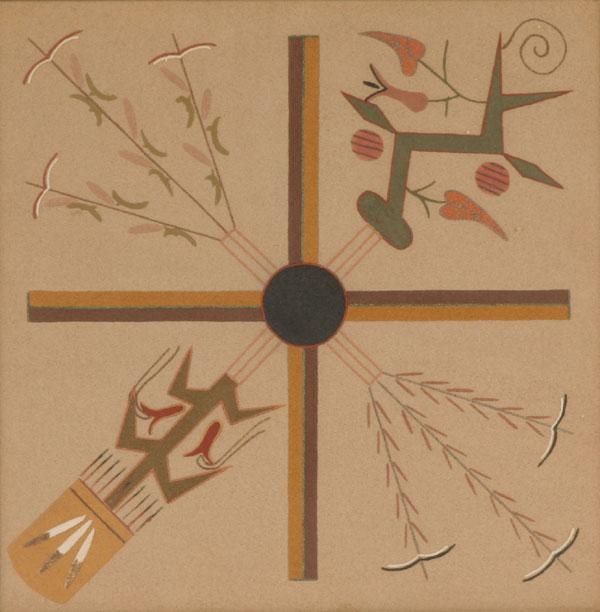
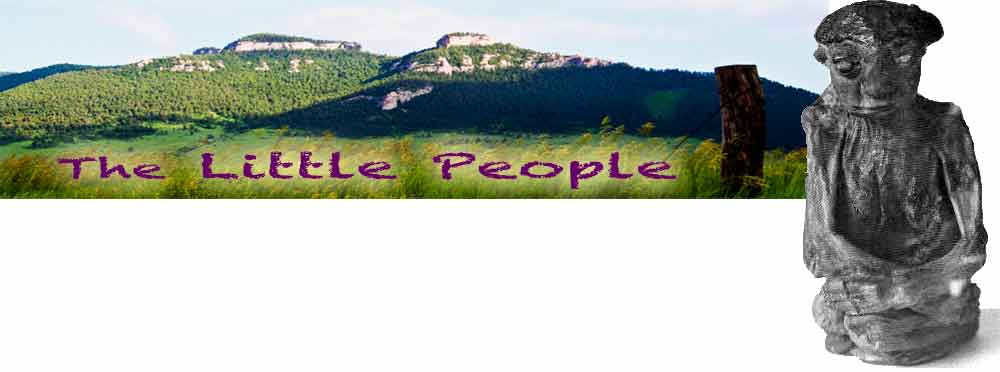


 Sure that it was a hoax, extensive tests were performed when the professionals assumed it was a pieced-together work of taxidermy. However, the anthropologists would soon be surprised to see that x-rays displayed a perfectly formed, manlike skeleton. The tests also showed that the mummy had been killed violently, as the spine was damaged, a collarbone broken, and the skull had been smashed in by a heavy blow. The soft substance at the top of the head exposed brain tissue and congealed blood. After the tests were complete, the scientists estimated that the mummy was a full grown adult who was approximately 65 years old at the time of his death. One odd finding was that its teeth were overly pointed, having a full set of c
Sure that it was a hoax, extensive tests were performed when the professionals assumed it was a pieced-together work of taxidermy. However, the anthropologists would soon be surprised to see that x-rays displayed a perfectly formed, manlike skeleton. The tests also showed that the mummy had been killed violently, as the spine was damaged, a collarbone broken, and the skull had been smashed in by a heavy blow. The soft substance at the top of the head exposed brain tissue and congealed blood. After the tests were complete, the scientists estimated that the mummy was a full grown adult who was approximately 65 years old at the time of his death. One odd finding was that its teeth were overly pointed, having a full set of c anines.
anines.  ons of the "little people” have said to have been found in other areas of the U.S. Near Cochocton, Ohio, a burial ground was reportedly discovered that contained the numerous remains of a pygmy race of people only about three feet tall. In 1876, another ancient graveyard was documented as having been discovered in Coffee County, Tennessee. The reports indicated the cemetery, covering some six acres, held the remains of thousands of dwarf like people.
ons of the "little people” have said to have been found in other areas of the U.S. Near Cochocton, Ohio, a burial ground was reportedly discovered that contained the numerous remains of a pygmy race of people only about three feet tall. In 1876, another ancient graveyard was documented as having been discovered in Coffee County, Tennessee. The reports indicated the cemetery, covering some six acres, held the remains of thousands of dwarf like people.